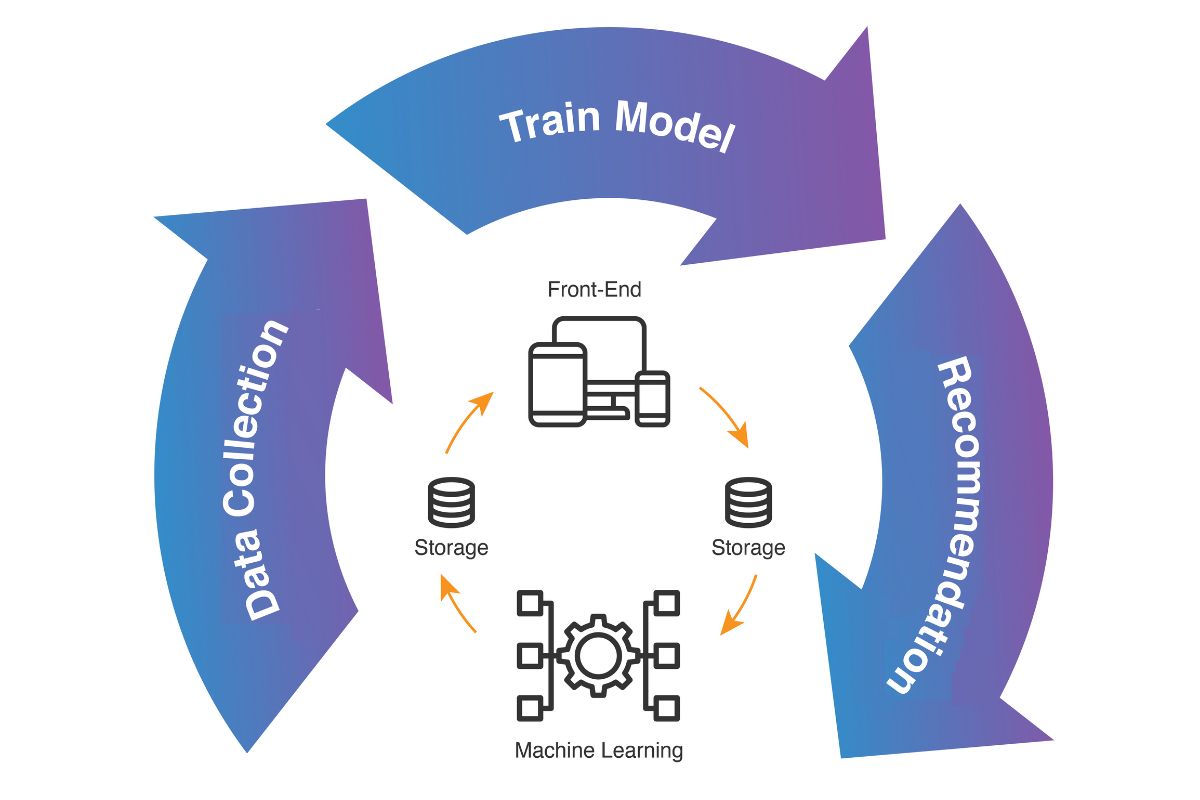
Recommendation systems are everywhere, from Netflix suggesting your next binge-watch to Amazon recommending products you might like. But what exactly are these systems, and how do they work? Recommendation systems use algorithms to analyze data and predict what you might enjoy based on your past behavior. They can be incredibly complex, involving machine learning, user data, and even social network analysis. These systems not only enhance user experience but also drive sales and engagement for businesses. Whether you're a tech enthusiast or just curious about how your favorite apps know you so well, understanding recommendation systems can be both fascinating and useful. Let's dive into 29 intriguing facts about these powerful tools!
What Are Recommendation Systems?
Recommendation systems are algorithms designed to suggest items to users based on various data points. These systems are everywhere, from online shopping to streaming services. Let's dive into some fascinating facts about them.
-
Netflix's recommendation system saves the company about $1 billion annually by reducing churn rates.
-
Amazon's recommendation engine generates 35% of its total sales.
-
Spotify uses a recommendation system called "Discover Weekly" to suggest new music to users every Monday.
How Do Recommendation Systems Work?
Understanding the mechanics behind these systems can be quite intriguing. They rely on complex algorithms and data analysis to function effectively.
-
Collaborative filtering is a popular technique used in recommendation systems. It makes suggestions based on user behavior and preferences.
-
Content-based filtering recommends items similar to those a user has liked in the past.
-
Hybrid systems combine both collaborative and content-based filtering to improve accuracy.
Types of Recommendation Systems
There are various types of recommendation systems, each with its unique approach and application.
-
User-based collaborative filtering recommends items based on the preferences of similar users.
-
Item-based collaborative filtering suggests items that are similar to those a user has liked.
-
Matrix factorization is a technique used to reduce the dimensionality of data, making recommendations more efficient.
Real-World Applications
Recommendation systems are not just theoretical concepts; they have real-world applications that impact our daily lives.
-
YouTube's recommendation system accounts for 70% of the time users spend on the platform.
-
LinkedIn uses recommendation systems to suggest jobs, connections, and content to its users.
-
Dating apps like Tinder use recommendation algorithms to suggest potential matches.
Challenges in Recommendation Systems
Despite their effectiveness, these systems face several challenges that need to be addressed.
-
Cold start problem occurs when there is not enough data to make accurate recommendations for new users or items.
-
Scalability issues arise as the amount of data increases, making it difficult to process and analyze efficiently.
-
Data sparsity can be a problem when there are too few interactions between users and items.
Ethical Considerations
Ethics play a crucial role in the development and deployment of recommendation systems.
-
Filter bubbles can occur when users are only exposed to information that reinforces their existing beliefs.
-
Privacy concerns arise when personal data is used to make recommendations without user consent.
-
Bias in recommendation systems can lead to unfair treatment of certain groups of users.
Future of Recommendation Systems
The future holds exciting possibilities for recommendation systems as technology continues to evolve.
-
Artificial intelligence and machine learning are expected to make recommendation systems even more accurate and personalized.
-
Context-aware recommendation systems will consider factors like time, location, and user mood to make better suggestions.
-
Voice-activated recommendation systems, like those used in smart speakers, are becoming increasingly popular.
Fun Facts About Recommendation Systems
Let's end with some fun and lesser-known facts about recommendation systems.
-
The first recommendation system was developed in the 1990s for a Usenet newsgroup.
-
Recommendation systems are used in online education platforms to suggest courses and learning materials.
-
Some recommendation systems use social media data to make more personalized suggestions.
-
The "People You May Know" feature on Facebook is powered by a recommendation algorithm.
-
Pinterest uses recommendation systems to suggest pins and boards to users based on their interests.
-
The recommendation system for the New York Times suggests articles based on what similar readers have enjoyed.
-
Some grocery stores use recommendation systems to suggest products to customers based on their purchase history.
-
Recommendation systems are even used in healthcare to suggest treatment plans and medications based on patient data.
The Power of Recommendation Systems
Recommendation systems have become a vital part of our daily lives. From suggesting what to watch next on Netflix to recommending products on Amazon, these systems make our choices easier and more personalized. They use complex algorithms and data analysis to predict what we might like, often with impressive accuracy.
Understanding how these systems work can help us appreciate the technology behind our favorite apps and websites. It's fascinating to see how data, algorithms, and user behavior come together to create a seamless experience.
As technology advances, recommendation systems will only get smarter and more intuitive. They'll continue to shape our digital interactions, making our online experiences more enjoyable and efficient. So next time you get a spot-on recommendation, you'll know a bit more about the magic happening behind the scenes.
Was this page helpful?
Our commitment to delivering trustworthy and engaging content is at the heart of what we do. Each fact on our site is contributed by real users like you, bringing a wealth of diverse insights and information. To ensure the highest standards of accuracy and reliability, our dedicated editors meticulously review each submission. This process guarantees that the facts we share are not only fascinating but also credible. Trust in our commitment to quality and authenticity as you explore and learn with us.
